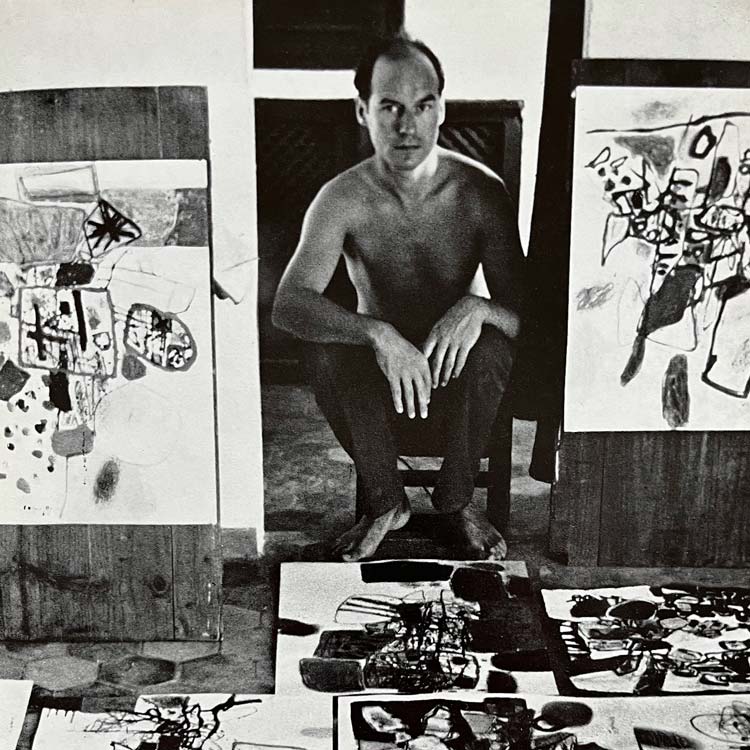Items for sale
Corneille
-
 2547/672Lyngby
2547/672LyngbyCorneille: "Le joyeux volcan". Signed Corneille, EA 16/24. Silkscreen in colours. Sheet size 70 x 50 cm.
Selling
Estimate :
4,000–5,000 DKK Next bid:
-
 2547/688Lyngby
2547/688LyngbyCorneille: "La femme et l'oiseau I", 2003. Signed Corneille, 3?/120. Terragraphy in colours. 35 x 39 cm.
Selling
Estimate :
2,000–3,000 DKK Next bid: Your bid:
-
 2547/790Lyngby
2547/790LyngbyCorneille: Two compositions. Both signed. Lithograph in colours. (2)
Selling
Estimate :
3,000 DKK Next bid: Your bid:
-
 2547/875Aarhus
2547/875AarhusCorneille: Composition with a woman and a bird. Signed. Lithograph in colours. Sheet size 60 x 77 cm.
Selling
Estimate :
2,000–2,500 DKK Next bid: Your bid:




